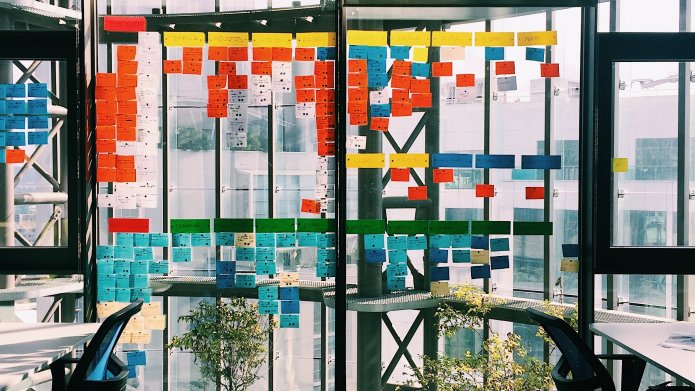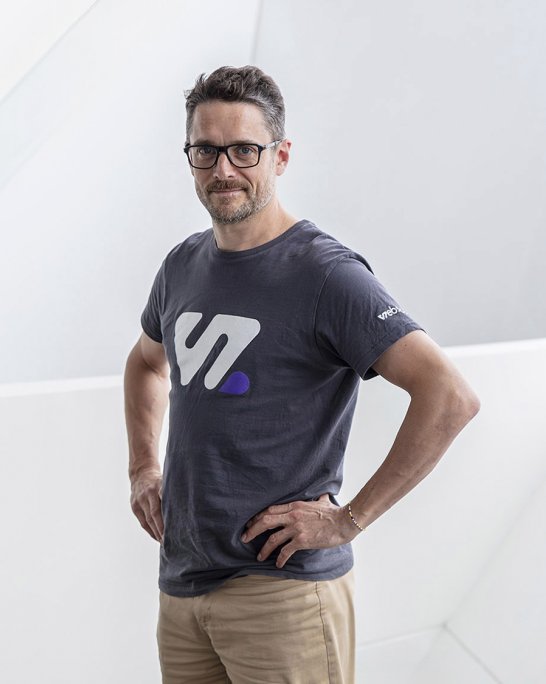Two contradictory methodologies?
There is a lot of talk about agility in business and especially in project management.
In agencies, management and coordination account for about one third of the effort spent on a project. To this must be added all the quality assurance activities required to achieve excellence, i.e. testing, reporting and debugging.
Communication, both internal (between development teams) and external (with the client), is also important to ensure that what we do is in line with the requirements and needs that the project must meet. We are aware that these needs can also change over time, depending on organisational requirements, technical feasibility or the client's strategic challenges.
Without a well-functioning methodological approach and smooth communication between all stakeholders, a large-scale project can quickly go off track and fail to meet at least one of the three key criteria of a project: quality, schedule and budget.
2 methodologies have been in conflict for several years. On the one hand, waterfall project management (based on the theory of step-by-step management) and on the other hand, agile project management (when the project is managed in an iterative way).
The first approach is organised around a succession of separate stages which must be validated one after the other. It offers a concrete result only at the very end of the process.
The second is based on the delivery of one or more intermediate deliverables called Minimal Viable Products (MVPs) which allow the client to test versions of the site or application under development, and sometimes even to launch them live.
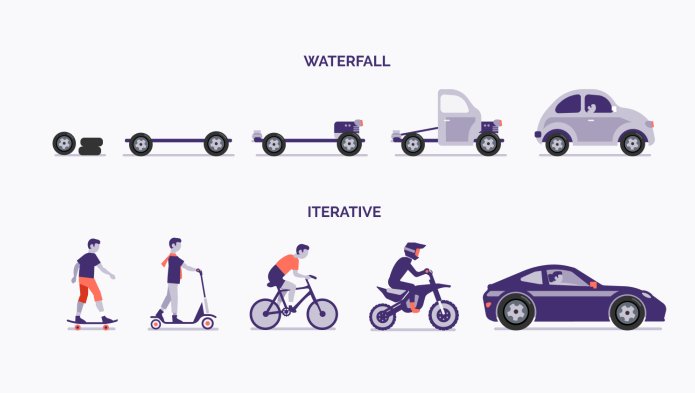
Waterfall model
"The waterfall model is a breakdown of project activities into linear sequential phases, where each phase depends on the deliverables of the previous one and corresponds to a specialization of tasks.The approach is typical for certain areas of engineering design. In software development, it tends to be among the less iterative and flexible approaches, as progress flows in largely one direction ("downwards" like a waterfall) through the phases of conception, initiation, analysis, design, construction, testing, deployment and maintenance" (Source)
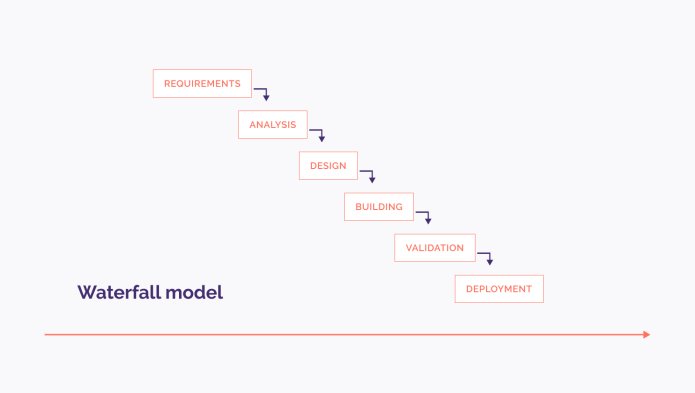
Scrum model (Agile)
"Within project management, scrum is a framework for developing, delivering, and sustaining products in a complex environment, with an initial emphasis on software development, although it has been used in other fields including research, sales, marketing and advanced technologies. It is designed for teams of ten or fewer members, who break their work into goals that can be completed within time-boxed iterations, called sprints, no longer than one month and most commonly two weeks. The scrum team assess progress in time-boxed daily meetings of 15 minutes or less, called daily scrums (a form of stand-up meeting). At the end of the sprint, the team holds two further meetings: the sprint review which demonstrates the work done to stakeholders to elicit feedback, and sprint retrospective which enables the team to reflect and improve." (Source)
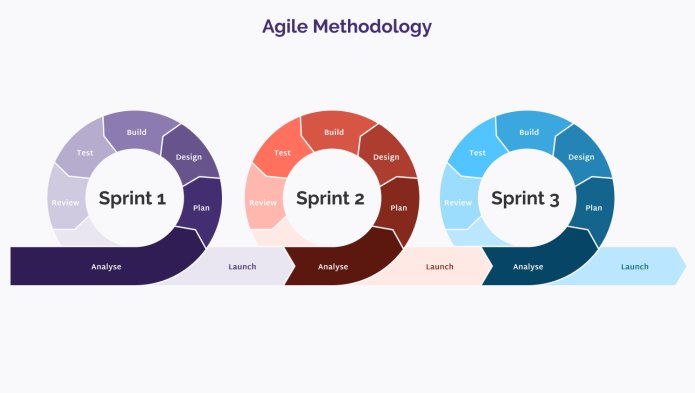
The waterfall approach has proved its worth in certain fields of activity (construction sector, manufacturing industries, etc.) due to the high material constraints, particularly in the case of modifications during conception. With the emergence of Internet, its exponential growth and the digitisation of products and services, this approach was no longer fully adapted to the development of software solutions.
This is why the world of software development, agencies, start-ups and also companies have progressively adopted the Agile approach to better adapt to the reality of their sector.
Our methodology: hybrid management
Although we are convinced of the Agile approach and have integrated the main principles of the Scrum methodology, we realized that it did not always work in the same way with our clients' organization and especially in the way they are used to manage their digital projects.
Taking into account that many companies have not yet fully completed their digital transformation and based on more than 15 years of experience in the industry, we have come to the conclusion that only a pragmatic and flexible approach can achieve our clients' objectives, while respecting the above-mentioned requirements: quality, planning and budget.
In practice, we recommend splitting ambitious projects into two main phases in order to limit the risk of problems.
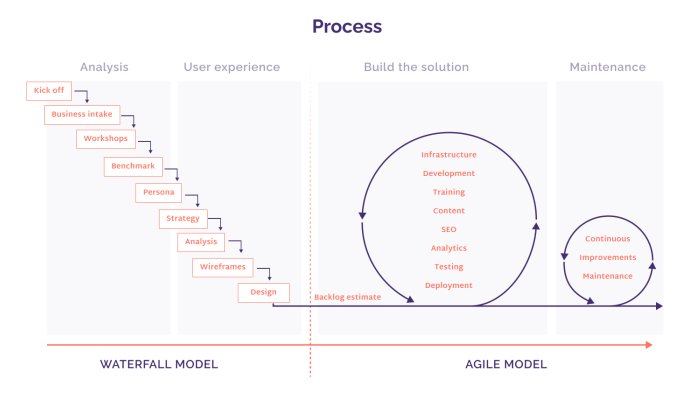
Phase 1 : Waterfall
The first phase is essentially dedicated to analysing the current situation: understanding the strategic issues, technical constraints, but also co-creation, user experience design, graphic direction and creation of a first backlog.
This process is not rigid. If the contractual framework allows it and mutual trust is established, it is quite possible to start certain sprints of the second phase.
Phase 2 : Iterative
The actual development phase takes place in iterative mode. We also include in this phase the production of all wireframes and graphic mock-ups for the Mobile and Desktop.
A win win win formula
By undertaking the analysis phase of the project in the traditional way, we find that it gives reassurance to our interlocutors and allows them to become involved more quickly and easily.
Then, when it comes to the development phase, the iterative mode allows us to respond to the natural need for adjustments resulting from the context becoming more and more tangible with each delivery.
It is here that the project can benefit from significant improvements over the initial plan, but also avoid the frustrations inherent in unchangeable initial choices resulting from a waterfall method implemented from start to finish. The collaboration then naturally becomes a rewarding, fulfilling and constructive working experience in the long term.
In conclusion, a win, win, win formula!
Would you like to test our hybrid method?


